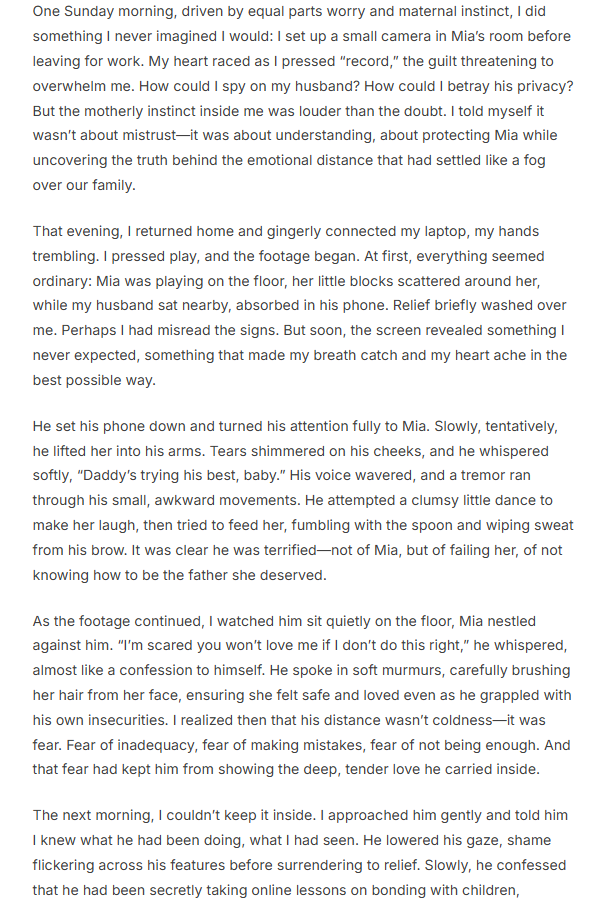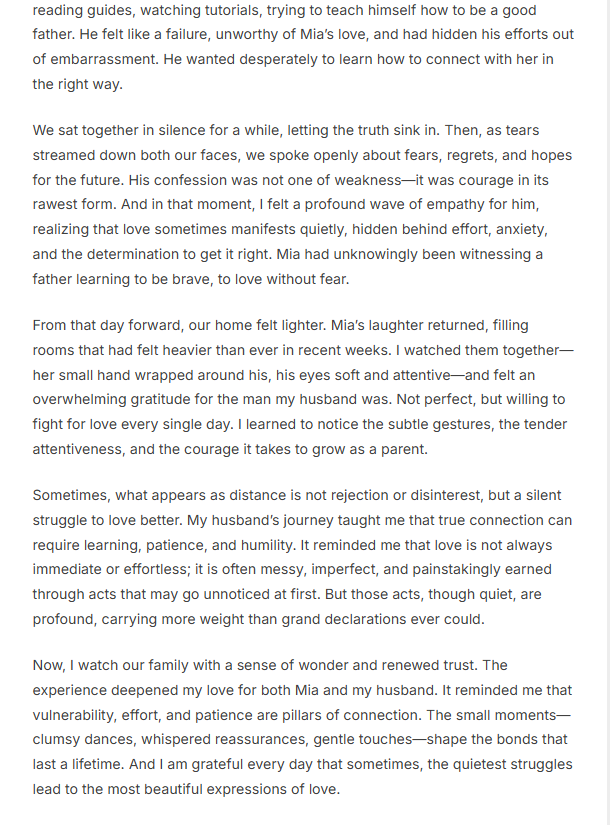In today’s fast-paced world, stress has become an almost constant companion for many people. Whether it’s the pressure of meeting deadlines, juggling family responsibilities, or coping with uncertainty, our nervous system often bears the brunt of this continuous strain. Yet, one of the simplest and most effective ways to restore calm and stability lies right under our nose—our breath. Rhythmic breathing, the deliberate practice of controlling the pace and pattern of breathing, is a time-tested method for rebalancing the nervous system and enhancing overall well-being.



Understanding the Nervous System and Its Role in Stress
Before exploring how rhythmic breathing influences the nervous system, it’s helpful to understand what the nervous system does. It’s the body’s communication network, responsible for sending signals between the brain and the rest of the body. The autonomic nervous system (ANS), a subdivision of the nervous system, manages involuntary functions such as heart rate, digestion, and respiration.
The ANS has two main branches:
- The sympathetic nervous system (SNS): Often referred to as the “fight or flight” system, it prepares the body to respond to perceived threats by increasing heart rate, blood pressure, and alertness.
- The parasympathetic nervous system (PNS): Known as the “rest and digest” system, it promotes relaxation, recovery, and energy conservation.
A healthy nervous system maintains a natural balance between these two states, allowing the body to respond to stress appropriately and then return to calm. However, chronic stress, anxiety, or poor lifestyle habits can disrupt this balance, keeping the sympathetic system overactive. This constant state of alertness can lead to fatigue, irritability, digestive problems, insomnia, and weakened immunity.
This is where rhythmic breathing becomes an invaluable tool—it helps restore the equilibrium between the two branches of the autonomic nervous system, promoting stability and calm.
What Is Rhythmic Breathing?
Rhythmic breathing is the intentional regulation of inhalation, exhalation, and sometimes breath retention to create a steady, balanced breathing pattern. Unlike the shallow, erratic breathing that often accompanies stress or anxiety, rhythmic breathing encourages full, slow breaths that engage the diaphragm and activate the parasympathetic response.
Common forms of rhythmic breathing include:
- Box breathing: Inhaling, holding, exhaling, and holding again for equal counts (for example, 4-4-4-4).
- Coherent breathing: Breathing at a rate of about five to six breaths per minute, with equal-length inhales and exhales.
- Alternate nostril breathing (Nadi Shodhana): A yogic technique that balances energy and soothes the nervous system.
- Resonance breathing: Matching the breath to the body’s natural rhythm to maximize heart rate variability (HRV) and emotional stability.
No matter the technique, the underlying principle remains the same—creating a steady, conscious rhythm that helps the body move from tension to tranquility.
How Rhythmic Breathing Stabilizes the Nervous System
The connection between breathing and the nervous system is profound. Every breath you take sends signals to the brain that influence emotional and physiological states. When breathing becomes slow and rhythmic, it triggers a cascade of beneficial changes that support nervous system stability.
1. Activates the Parasympathetic Response
When you breathe slowly and deeply, receptors in your lungs send messages to the vagus nerve, which is the main pathway of the parasympathetic nervous system. This stimulation reduces heart rate, lowers blood pressure, and promotes relaxation. Over time, regular rhythmic breathing helps strengthen vagal tone, improving your body’s ability to shift out of stress mode and into recovery mode more easily.
2. Balances Heart Rate Variability (HRV)
Heart rate variability (HRV) refers to the variation in time between heartbeats. A higher HRV generally indicates better adaptability and nervous system balance. Rhythmic breathing enhances HRV by synchronizing the heartbeat with the breath, a phenomenon known as respiratory sinus arrhythmia. This synchronization supports emotional regulation, mental clarity, and resilience to stress.
3. Regulates Cortisol and Stress Hormones
Stress causes the body to release cortisol and adrenaline, which, in small amounts, are helpful for alertness and focus. But prolonged exposure to these hormones can harm physical and mental health. Studies show that rhythmic breathing can reduce cortisol levels, allowing the body to recover from stress more efficiently and maintain hormonal balance.
4. Improves Oxygen and Carbon Dioxide Balance
Most people take quick, shallow breaths that don’t fully exchange the air in their lungs. This leads to low oxygen levels and reduced carbon dioxide, which can cause dizziness, fatigue, and heightened anxiety. Rhythmic breathing ensures a more complete exchange of gases, optimizing oxygen supply to the brain and organs while maintaining healthy carbon dioxide levels. This supports both cognitive clarity and physical vitality.
5. Enhances Focus and Emotional Control
When the nervous system is stable, the mind becomes clearer and more centered. Rhythmic breathing encourages mindfulness, grounding attention in the present moment. It helps quiet racing thoughts, reduce emotional reactivity, and increase self-awareness. Over time, this can lead to better decision-making, improved concentration, and a more balanced emotional state.
The Science Behind the Breath–Brain Connection
Modern neuroscience and physiology have begun to uncover the mechanisms behind the calming effects of rhythmic breathing. Researchers have found that certain brain regions, such as the prefrontal cortex and the amygdala, respond directly to breathing patterns. Slow, rhythmic breathing reduces amygdala activity—the part of the brain responsible for fear and anxiety—while enhancing communication with the prefrontal cortex, which governs rational thinking and emotional control.
Functional MRI studies have also shown that breathing rhythm affects the brain’s oscillatory patterns, aligning neural activity with the cadence of the breath. This synchronization creates a sense of internal harmony, helping the brain function more efficiently and reducing mental fatigue.
Practical Techniques to Incorporate Rhythmic Breathing into Daily Life
You don’t need a quiet retreat or special equipment to experience the benefits of rhythmic breathing. With a few minutes of practice each day, you can begin to regulate your nervous system and cultivate inner calm.
1. Morning Reset
Start your day with five minutes of slow breathing. Inhale for a count of five, exhale for a count of five, and maintain this rhythm as you wake up. This helps prepare your body and mind for the day ahead, setting a calm and focused tone.
2. Midday Stress Relief
Whenever you feel overwhelmed or anxious, pause for one to two minutes to practice box breathing. Breathe in for four counts, hold for four, exhale for four, and hold again for four. Repeat several cycles to restore composure and balance.
3. Evening Wind-Down
Before bed, practice resonance breathing to ease into a restful state. Try inhaling for six counts and exhaling for six counts while lying down. This helps slow your heart rate and signals the body that it’s time to rest.
4. Mindful Transitions
Incorporate rhythmic breathing before important meetings, conversations, or workouts. It acts as a grounding tool, keeping your nervous system stable and your focus sharp.
Long-Term Benefits for Health and Well-Being
Regular practice of rhythmic breathing goes beyond momentary calm—it reshapes how your body and mind respond to life’s challenges. Over time, it can lead to:
- Reduced anxiety and depression symptoms
- Lower blood pressure and heart rate
- Better sleep quality
- Enhanced immune function
- Improved emotional resilience
- Greater clarity and mental focus
By retraining your nervous system to stay balanced, rhythmic breathing helps you live with more energy, patience, and emotional stability.
Conclusion
In a world that constantly demands our attention and energy, the simple act of breathing with rhythm offers a profound way to restore balance. Rhythmic breathing isn’t just a relaxation technique—it’s a bridge between body and mind, helping the nervous system regain stability and harmony. Through consistent practice, you can reduce stress, sharpen your focus, and build the resilience needed to move through life with calm confidence.



